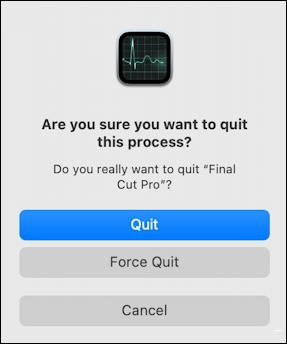
- #Clearing activity monitor to make mac run faster mac os
- #Clearing activity monitor to make mac run faster download
- #Clearing activity monitor to make mac run faster free
Use Activity Monitor to check which application processes are utilise system resources. Step-by-step clean up cache files manuallyĪdding more RAM Look for resource-hungry processes using Activity Monitor

Look for resource-hungry processes using Activity Monitor
#Clearing activity monitor to make mac run faster mac os
You can clear the cache files manually by locating the Cache folder in the Library folder or you can use third party Mac optimization apps such as CleanMyMac, Advanced Mac Cleaner, MacKeeper, OnyX and the like.Steps to Speed Up and Improve Mac OS Performance. There are two reasons why you would want to perform this cleaning task from time to time: first, to regain precious disk space and, secondly, to optimize your Mac's performance. To run at the best performance your Mac needs regular maintenance, including manually removing cache files. These files occupy space in your limited storage. – but you should keep in mind the system and apps will create cache and temporary files over time.

That can be due to various reasons – lots of photos, videos, applications, etc. In some cases – and this mostly applies to Mac users with limited flash storage – you won’t even notice how fast your disk is filling up. For optimal performance your Mac needs around 10% of your storage available, so check the available space and clear it up, if needed, by moving files to another disk and deleting them from the startup disk.
#Clearing activity monitor to make mac run faster free
Clean the CacheĪmong the most common causes of a slow computer running macOS Sierra is low storage space, so you'd better keep an eye on the startup disk so as not to run out of free disk space. In case this trick doesn't work, back up as much data as possible, reformat the disk and reinstall macOS. If Disk Utility reports “The underlying task reported failure”, try to repair the disk or partition again. If Disk Utility says the disk appears to be OK or has been repaired, you are good to go.
#Clearing activity monitor to make mac run faster download
Sometimes we forget to read the system requirements of apps we download and there are cases when an app requires a different processor or graphics card than the ones your Mac has.

If your Mac is slower than usual despite running the latest system version, macOS Sierra, then there are a number of potential causes that can be checked to speed it up again, such as disk space, apps and background tasks.


 0 kommentar(er)
0 kommentar(er)
